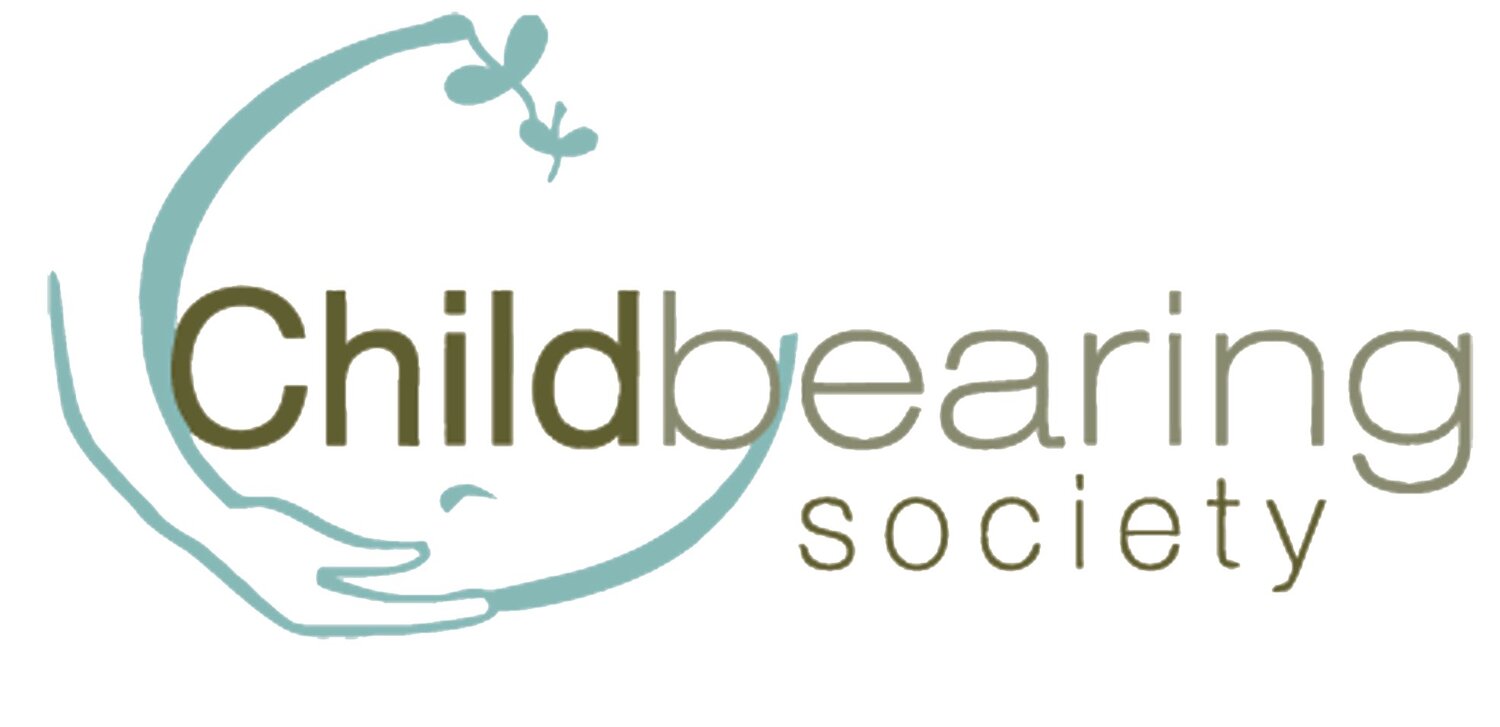Neuroception
Babies are born with the superpower to detect danger in their surroundings, and this same superpower helps with long-term brain development. What is it? Neuroception.
Neuroception is the brain’s unconscious awareness of one’s environment. Conscious awareness is perception, but the brain also picks up information and cues at a more instinctive level, by receiving subtle messages from other people’s behaviour and body language, and through hormonal and chemical signals through the nervous system. Babies are born with finely tuned sensitivity to safety versus danger. We also have this ability, but unlike us, babies have not yet had the opportunity to dull this sense, nor to convince themselves they’re just imagining it, or feeling something for no reason. For a baby, the danger is immediate, real, and keenly felt.
What is dangerous to a baby? Or what do babies “neuroceive” as dangerous? Believe it or not, the most overarching threat to a baby is being alone: not having access to a caring adult.
Babies survive only if cared for. They are unable to look after any of their own needs, including hunger, cold, shelter, protection, or hygiene. This might seem obvious, but it goes beyond these visible needs. Babies cannot regulate their own systems without our help. Alone, a baby’s systems are ‘dysregulated’.
This is why your baby does not like to be put down. According to the polyvagal theory, the autonomic nervous system is influenced by the central nervous system and how it responds to signals from the environment and internal organs. Babies perceive danger every time their nervous system cannot locate you. It’s not that a threat is present so much as that safety is absent. Being alone is simply dangerous. To a baby, it is life-threatening. Babies’ nervous systems only enter a calm mode when they feel/see/hear/sense us close. Babies’ systems are constantly scanning their environment for signs of safety versus danger. Neuroception is a reflexive mechanism that instantly flips a switch in their nervous systems from calm to alarmed. This is why they require near constant physical and sensory proximity from us, why they only sleep deeply in our arms, why they pop awake when we put them down, and why so many of them hate car seats and strollers. Being away from you feels extremely dangerous.
Danger aside, there are a great many reasons that babies need so much close contact.
Much has been written about the 4th trimester; the first three months after a baby is born. During this intense newborn phase, babies thrive in a womb-like environment. Dr Nils Bergman has described the parent’s body as being the baby’s natural habitat during this time. When in physical proximity with you, your baby receives sensory information of your presence, which not only makes them feel safe–at home–but calms and regulates all of their systems. Your baby is capable of being aware of you with all their senses: seeing you, hearing you, smelling you, feeling you, tasting you, being warmed by you, being moved by you.
During this time–the first three months or so–both your baby and your body are in a state of flux. Your baby is transitioning from foetal to neonatal, from umbilical to individual. Their lungs and their digestive system are learning how to take on functions previously performed by the umbilical cord and placenta. They are consuming, processing, digesting, and excreting food for the first time. Up until now, your baby has had no need for temperature regulation or circadian rhythms. These are only now starting to form. These first three months represent a time of rapid shifting and growth as your baby gradually begins to develop these burgeoning abilities. Babies do best with a gentle transition, thriving when we provide them with the most womb-like conditions possible. Babies need us to co-regulate their systems during this time, which helps them achieve homeostasis.
We already know that skin-to-skin contact with your newborn helps regulate or boost their heart rate, blood-glucose levels, breathing regularity, body temperature, blood pressure, sleep cycles, immune system, microbiome and more, but did you know it also improves their brain function? Babies with regular body contact continue to score higher on cognitive tests as much as a decade later. The research indicates that the early skin-to-skin contact plays a key role in baby’s brain development, helping lower stress hormones while promoting brain activity. Babies that get regular skin-to-skin contact score higher on cognitive tests as much as ten years later.
So how can we use this information? Understand that our babies’ need to be held all the time is real and genuine. It helps them grow, it helps them learn, and it helps them thrive. Your baby’s “neuroceptors” flood with alarm as built-in mechanism to ensure they get carried, held, and fed often. Babies cannot self-regulate, so we have to provide co-regulation support, which will gradually and eventually lead to stability and independence. This is a built-in survival mechanism for your baby, and it will pass. But while you’re in the thick of it, it is helpful to understand that holding your baby leads to independence–not the opposite. We don’t need to ‘teach’ a baby that being alone is safe–because it isn’t. Instead we need to teach them that we are here, close & available, and this teaches them that their world is safe, at a deep, social-emotional and neurological level.
Neuroception is a baby’s superpower to ensure that they get what they need to develop and thrive. As the song says, all your baby wants this holiday season, is you.
Stephanie Ondrack has been a member of the Childbearing Society since 2003.
She lives in East Van with her partner, 4 kids, 5 cats, 3 chickens, and 2 rats. You can read her thoughts on child development and learning at www.thesmallsteph.com
